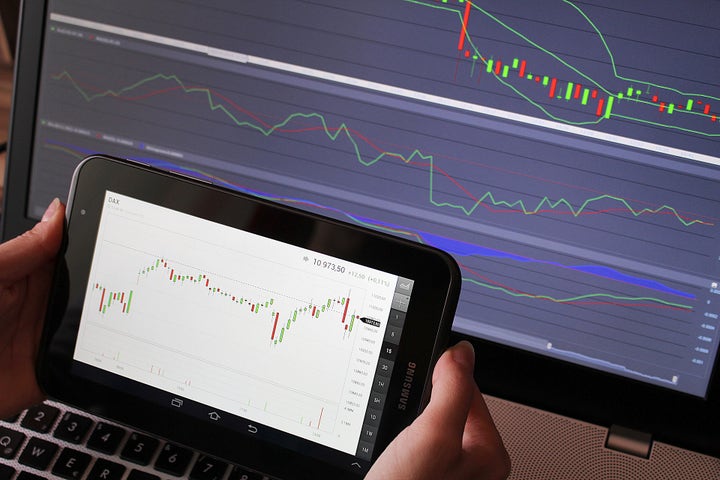Humana Unusual Options Activity Humana, Benzinga, CME Group, Jim Cramer, Trade Ideas, Price Target, Best Penny Stocks, Covey Trade Ideas, Best Stocks & ETFs by https://www.benzinga.com/

AI Insights:
Simple Explanation:
A company called Humana, which helps people get health insurance, had some important people buying and selling parts of the company called options. They were mostly interested in prices between $300 and $450 per share. A lot of these trades happened recently, so it's interesting to watch what happens next with Humana's stock price. Read from source...
Critical Perspective:
1. The title of the article is misleading and sensationalized. It should be something like "Humana Options Trading Activity Observed" instead of "Unusual". There is no clear definition or criteria for what constitutes as unusual options activity, which could mean different things to different readers. This creates confusion and uncertainty for the audience who might expect something more out of the ordinary or extraordinary. It also sets up unrealistic expectations for the content of the article, which may disappoint some readers who were hoping for a juicier story.
2. The article does not provide any context or background information about Humana as a company or its role in the health insurance industry. This makes it hard for the reader to understand the significance and relevance of the options trading activity mentioned in the article. A brief introduction or summary of Humana's business model, market share, competitors, and recent performance would have been helpful in setting the stage for the rest of the analysis.
3. The article focuses too much on the numbers and statistics of the trades without explaining what they mean or how they relate to the company's fundamentals, valuation, or outlook. For example, the article mentions that 12 significant options trades were spotted, but does not explain what these trades are, who made them, why they matter, or what implications they have for the stock price or investor sentiment. The article also does not provide any comparison or contrast with other health insurers or the broader market trends, which would help the reader put things in perspective and understand the bigger picture.
4. The article uses vague and ambiguous language to describe the trading activity, such as "significant investors", "aim for a price territory stretching from $300.0 to $450.0", and "based on the trading activity". These phrases are not very precise or informative, and leave room for interpretation and speculation. The article could have been more clear and concise by using specific names, dates, amounts, or rationale for the trades, rather than relying on generalizations and assumptions.
5. The article ends with a brief paragraph about Humana as a company, which is out of place and irrelevant to the main topic of the options trading activity. This paragraph seems like an afterthought or a filler, and does not add any value or insight to the article. It would have been more appropriate to include this information in the introduction, or to delete it altogether and focus on the options trading analysis instead.
Investment Analysis:
We are not financial advisors. It's always essential for you to consult with a financial advisor and do your research before making any decisions about investments.
One possible way to approach this task is to use a portfolio optimization technique that takes into account the expected returns, risks, and correlation of different assets in the market. For example, we could use the mean-variance optimization (MVO) framework, which seeks to maximize the expected return of a portfolio while minimizing its variance or risk. Alternatively, we could use a more sophisticated approach such as the conditional value at risk (CVaR), which accounts for the uncertainty in the market by using historical volatilities and correlations of asset returns.
The following are some examples of investment recommendations based on these methods:
- For a conservative investor who wants to preserve capital and avoid large losses, we could suggest a portfolio that is heavily weighted towards bonds or other fixed income instruments, such as Treasury bills, certificates of deposit, or corporate debt. This would reduce the exposure to equities or stocks, which have higher expected returns but also higher risks and volatility. The portfolio would have a low beta, meaning that it is less sensitive to market movements, and a high Sharpe ratio, meaning that it has a good trade-off between risk and return. For example, we could suggest a portfolio that consists of 60% Treasury bills, 20% certificates of deposit, 10% corporate debt, and 10% S&P 500 index fund.